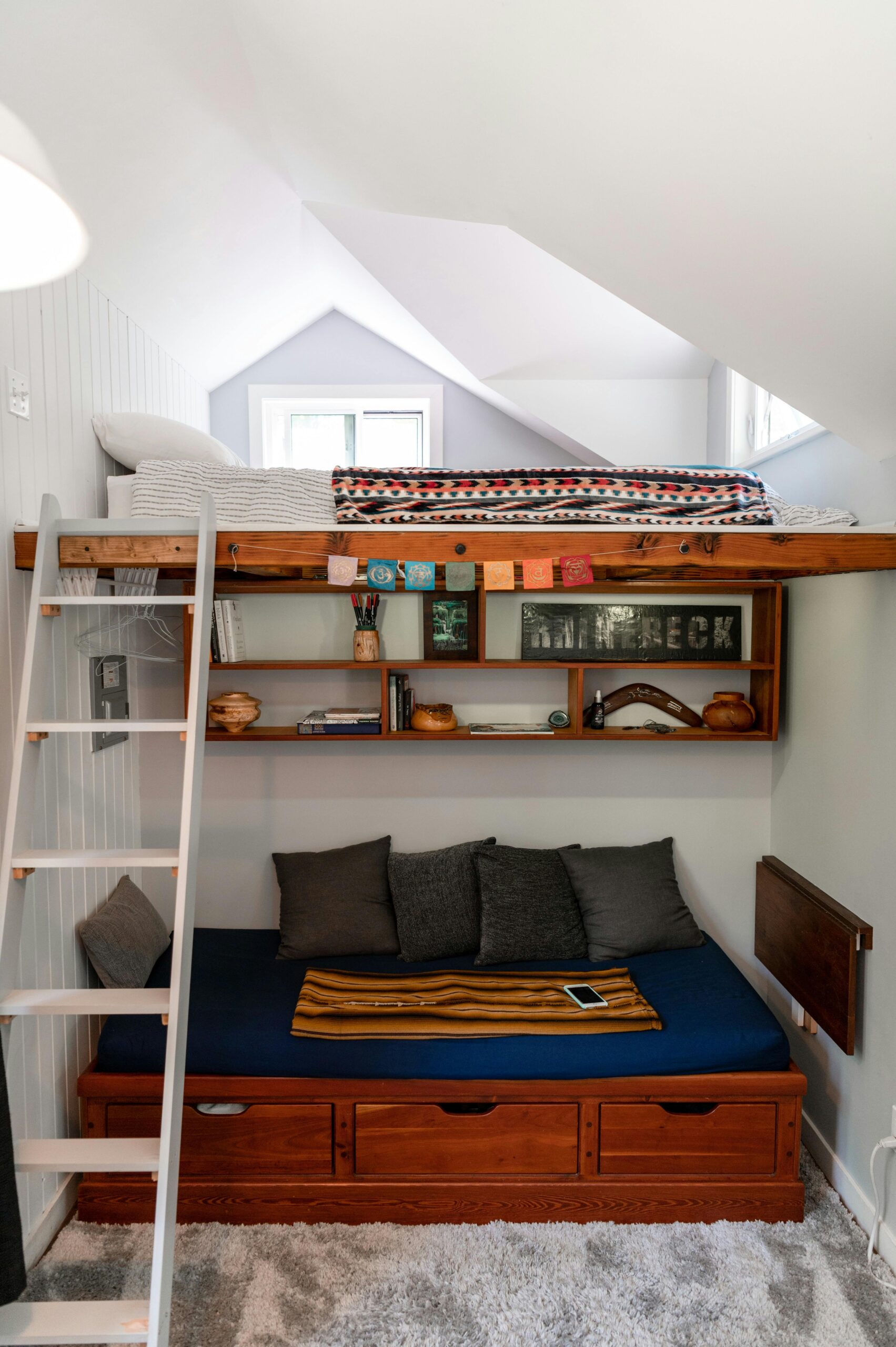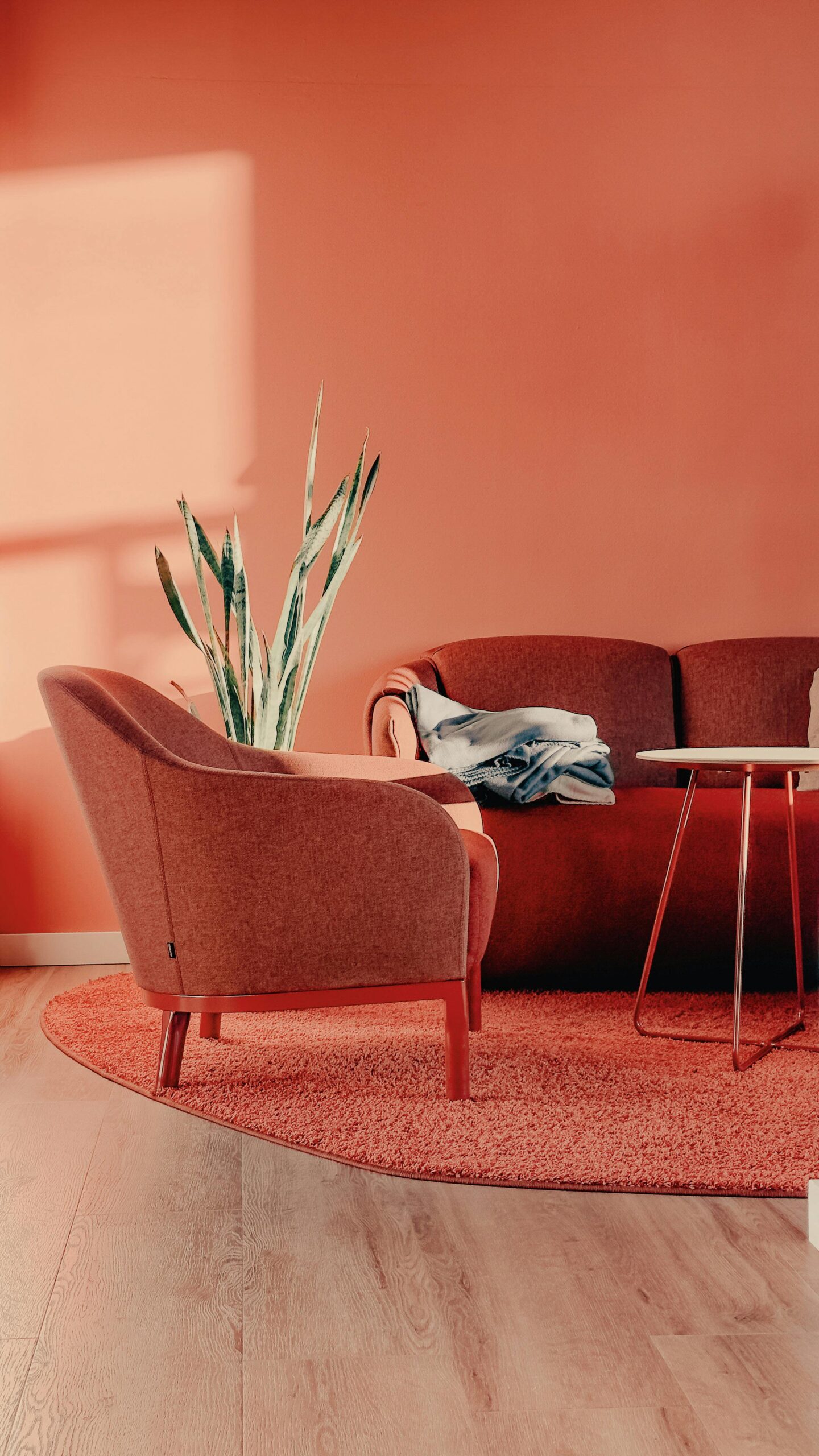Raw Beauty: How to Master Natural Materials in Interior Design
février 23, 2025 | by Clémence Burlot

Discover how to expertly incorporate natural materials into your home design. From wood to stone, learn professional tips for creating organic, sustainable, and stylish living spaces.
The growing trend toward sustainable and biophilic design has placed natural materials at the forefront of interior design. Moreover, incorporating organic elements into your home creates a timeless aesthetic while promoting wellness and environmental consciousness. In this comprehensive guide, we’ll explore how to masterfully integrate natural materials into your living spaces1.
Understanding the Power of Natural Materials
Natural materials bring an inherent warmth and authenticity to any space. Furthermore, they create a direct connection to the environment, helping to reduce stress and increase overall well-being. Whether you’re planning a complete renovation or simply looking to refresh your space, understanding these materials is crucial for successful implementation2.
Essential Natural Materials for Interior Design
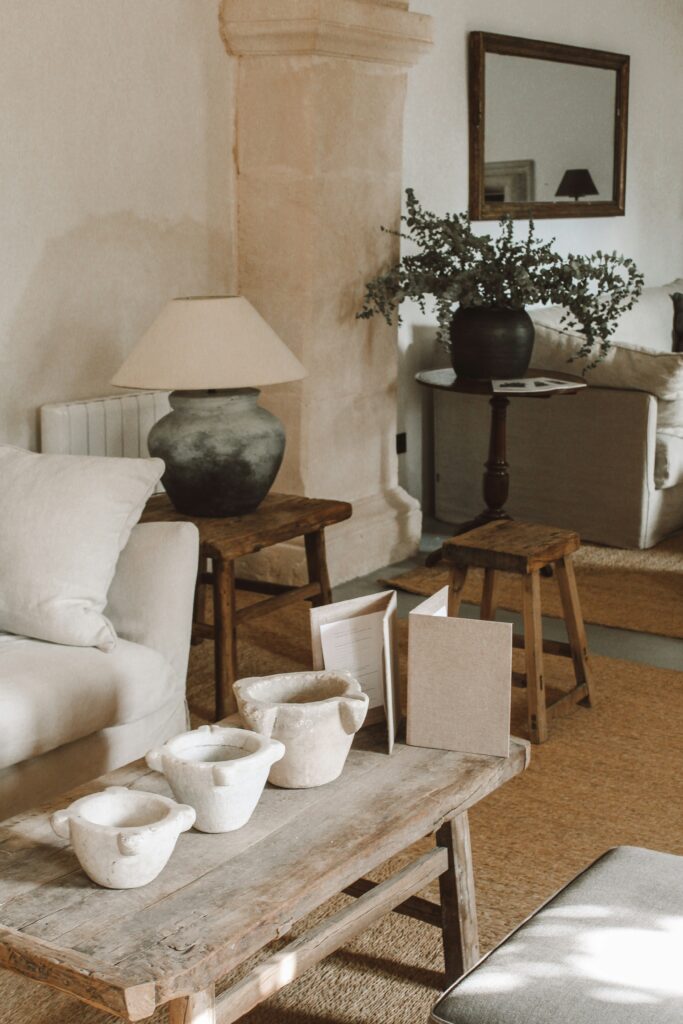
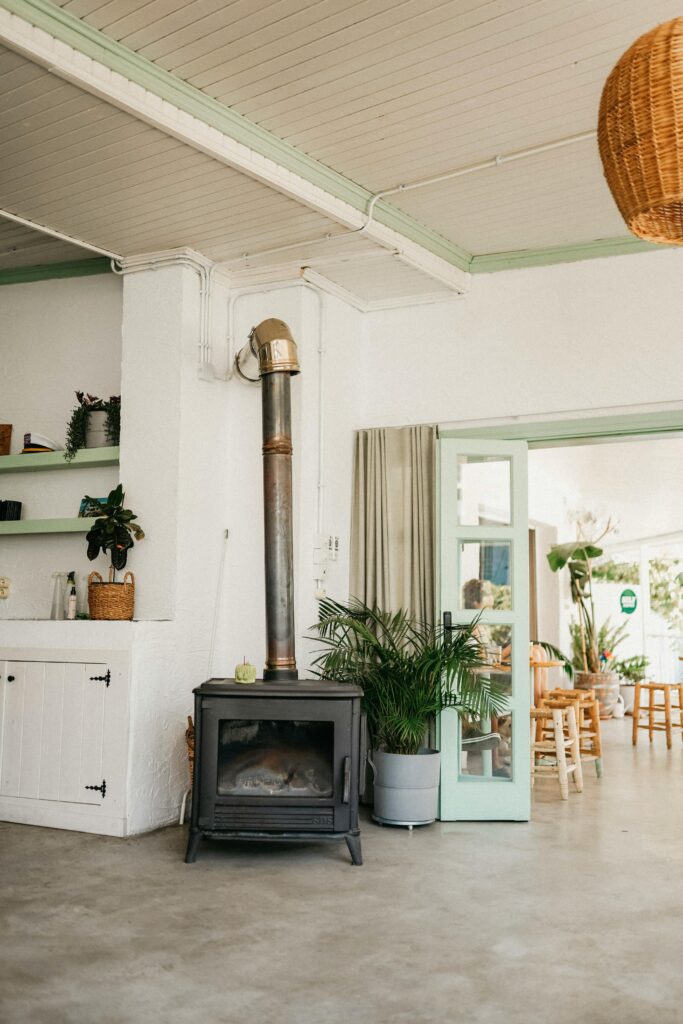
Wood: The Timeless Classic
Wood remains the cornerstone of natural design. From rich walnut floors to bamboo accent walls, this versatile material adds warmth and character to any room. Consider incorporating:
- Reclaimed wooden beams for architectural interest
- Solid wood furniture pieces
- Natural wood wall panels
- Sustainable bamboo flooring
Stone: Nature’s Artistic Element
Stone brings durability and dramatic beauty to interior spaces. Additionally, it requires minimal maintenance while offering maximum impact. Popular applications include:
- Marble countertops in kitchens and bathrooms
- Slate feature walls
- Natural stone flooring
- River rock shower floors
Natural Fibers: Texture and Comfort
Incorporating natural fibers adds essential texture and warmth. These materials work particularly well in:
- Jute or sisal area rugs
- Linen upholstery
- Cotton drapery
- Woven grass wallcoverings
If you’re interested in this topic, you might also enjoy reading The Ultimate Neutral Color Palette Guide
Professional Tips for Implementation

1. Balance is Key
When working with natural materials, balance is crucial. Therefore, consider mixing different textures and materials to create visual interest without overwhelming the space. For instance, pair smooth stone surfaces with rough wooden elements to create dynamic contrast3.
2. Consider the Climate
Your local climate should influence your material choices. Consequently, select materials that can withstand your environment’s specific challenges. For example:
- In humid areas, choose moisture-resistant woods
- In dry climates, ensure proper sealing of natural stone
- In variable climates, account for material expansion and contraction
For more insights, don’t miss our post about Beginners Guide to Eco-Friendly Home Design
3. Maintenance Matters
Understanding maintenance requirements is essential for long-term success. Natural materials often require specific care:
- Regular sealing for natural stone
- Proper finishing for wood surfaces
- Appropriate cleaning products for each material
- Scheduled maintenance routines
Sustainable Sourcing
Sustainability should be a primary consideration when selecting natural materials4. Therefore, always:
- Research material sources
- Look for certifications (FSC for wood, etc.)
- Consider reclaimed or recycled options
- Work with reputable suppliers
Color and Light Considerations
Natural materials interact uniquely with light and color. Subsequently, consider:
- How natural light affects material appearance
- Color variations in natural materials
- Seasonal light changes
- Artificial lighting needs
Common Mistakes to Avoid
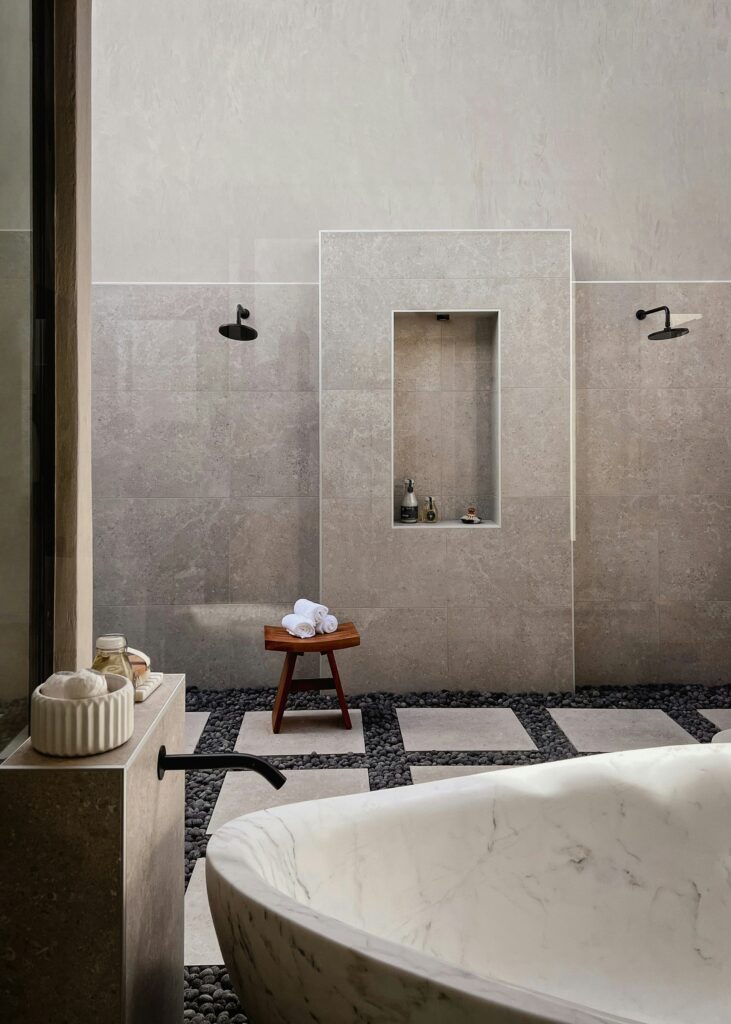
To ensure success with natural materials:
- Don’t mix too many different materials in one space
- Avoid choosing materials solely for aesthetics without considering practicality
- Don’t neglect proper sealing and protection
- Remember to account for material movement and aging
Investment and Value
While natural materials often require a higher initial investment, they typically offer:
- Greater longevity
- Improved property value
- Better environmental impact
- Enhanced aesthetic appeal
Conclusion
Mastering natural materials in interior design requires careful consideration of various factors, from practical applications to maintenance requirements. However, the result is a timeless, sustainable, and beautiful living space that connects with nature while providing lasting value.
Remember that successful implementation comes from thoughtful planning and understanding of how these materials work together. Start with smaller projects to build confidence, and gradually incorporate more natural elements as you become comfortable with their characteristics and requirements.
Reference :
- Biophilic design: the natural trend transforming spaces and lives – Modulyss
- Power of Biophilia: Revolutionizing Interior Design in 2025 – Sampleboard
- Interior Design Trends: Bring Nature Home – Bodaq
- Natural Materials in Interiors: How to Apply Biophilia in Your Home – Danetti
Keywords: natural materials, interior design, sustainable design, wood interiors, stone surfaces, natural fibers, biophilic design, eco-friendly home, organic materials, sustainable home design
RELATED POSTS
View all
